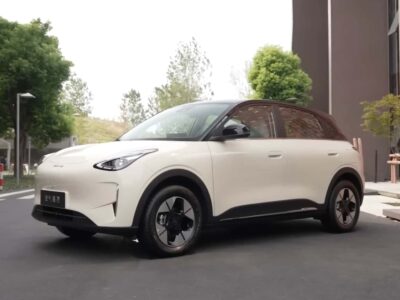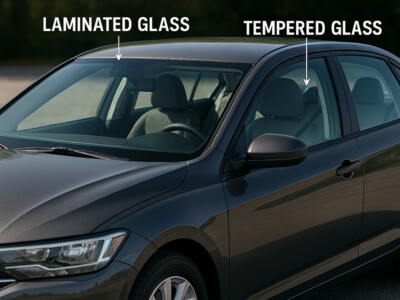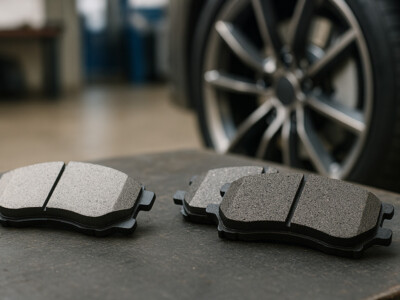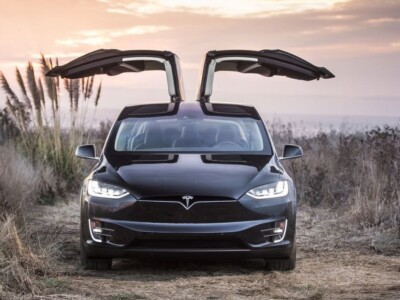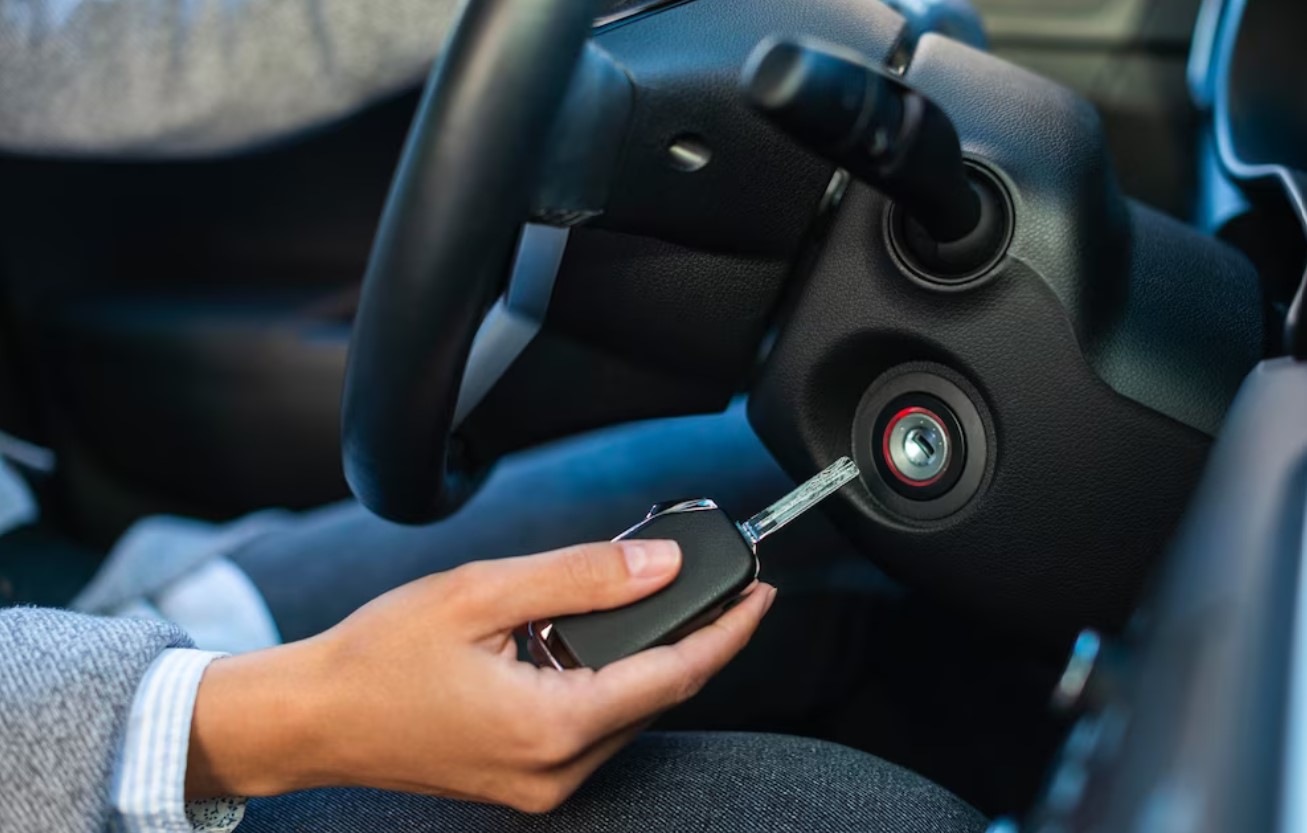
As the automotive industry moves towards the era of connected car technology, it is imperative to understand the various safety features that accompany it. These features transform the way we interact with our vehicles, representing a leap forward in driver safety and intuition. Whether navigating busy city streets or highways, understanding these safety features in new cars can significantly enhance your driving experience.
Automatic Emergency Braking (AEB)
The AEB system utilizes sensors, radars, and cameras to detect potential collision threats in front of the car. The system automatically alerts you with sound and visual warnings once a threat is detected. If there’s no quick response, the AEB system automatically applies the brakes to avoid or mitigate the collision. This process happens in moments and can save lives in high-speed situations where human reaction time may not be fast enough.
For example, let’s say you’re driving on a busy highway. The car in front suddenly stops. In the fraction of a second it takes you to process this and react, your AEB system has already begun applying the brakes, potentially avoiding a rear-end collision.
Adaptive Cruise Control (ACC)
ACC goes beyond traditional cruise control. While traditional cruise control maintains a set speed regardless of traffic conditions, ACC automatically adjusts the vehicle’s speed to maintain a safe distance from the car in front. It uses radar or laser sensors to monitor the traffic ahead, dynamically accelerating or decelerating as necessary.
One of the key benefits of ACC is its ability to reduce driver fatigue. Long journeys, especially on highways, can be monotonous and tiring, with the constant need to adjust speed or search for slower traffic. ACC alleviates this burden by automating speed control and following distance, allowing you to focus more on steering and less on the accelerator and brake pedals.
Blind Spot Detection
Blind spot detection uses sensors or cameras mounted on the sides and rear of the vehicle to monitor areas you can’t easily see. If a vehicle, cyclist, or pedestrian is detected in one of these blind spots, the system alerts the driver. The alert can be visual (such as a light in the side mirror), audible, or tactile (such as a vibration in the steering wheel), allowing you to avoid a potential collision during a lane change or while parking.
Lane Departure Warning (LDW)
A lane departure warning system uses cameras and sensors to monitor lane markings on the road. If the system detects the vehicle drifting unintentionally out of its lane without an activated turn signal, it alerts you with visual, audible, or tactile signals. This warning allows you to correct your vehicle’s course before a potential accident occurs.
For example, you’re driving in heavy traffic and momentarily lose focus, looking away from the road. Your car starts veering into the next lane. However, before colliding with the car beside you, your LDW system warns you and quickly corrects your course.
Frontal Collision Warning (FCW)
FCW uses sensors, cameras, or radars to detect potential collisions with vehicles, pedestrians, or objects in the vehicle’s path. If the system detects a possible collision, it alerts you by flashing a light, sounding an alarm, or even vibrating the steering wheel or driver’s seat. The goal is to give you enough time to react and avoid a collision.
For example, if you’re driving in a city and a pedestrian steps off the curb right in front of your car, the FCW system detects the pedestrian and immediately sends you an alert, helping you to stop in time.
Rearview Cameras
Rearview cameras provide a clear view of what’s directly behind your car, a perspective that can be hard to achieve using only traditional rearview and side mirrors. Rearview cameras transmit live video to a screen on your car’s dashboard whenever you shift into reverse. This technology is crucial for preventing reverse collisions, especially with objects or people that may not be visible from the driver’s seat.
For example, there may be situations where children or pets are playing behind the car, or where there are low obstacles such as bollards or curbs. In these cases, rearview cameras can save lives by providing critical visibility and preventing potential accidents.
Cross-Traffic Alert
The cross-traffic alert function detects vehicles approaching from the side and rear of the car, particularly when you’re backing out of a parking space. This safety feature uses radar or ultrasonic sensors to monitor the area behind and around the vehicle for moving objects crossing its path. If a approaching vehicle is detected, the system alerts you with visual, audible, or tactile signals, allowing you to stop or slow down to avoid a collision.
For example, let’s say you’re backing out of a parking space in a busy shopping mall. Vehicles are constantly moving, and your view is blocked by parked cars on either side. Cross-traffic alerts can detect an approaching vehicle before you see it, providing the necessary warning to avoid backing into its path.
Automatic High Beams
Automatic high beams use sensors to detect ambient light levels, the presence of approaching vehicles, and those ahead in the same lane. When the road is clear and lighting conditions are low, the system automatically switches to high beams, significantly improving visibility. Conversely, when the system detects the headlights of an approaching vehicle or the taillights of a vehicle ahead, it quickly switches back to low beams to avoid dazzling other drivers.


